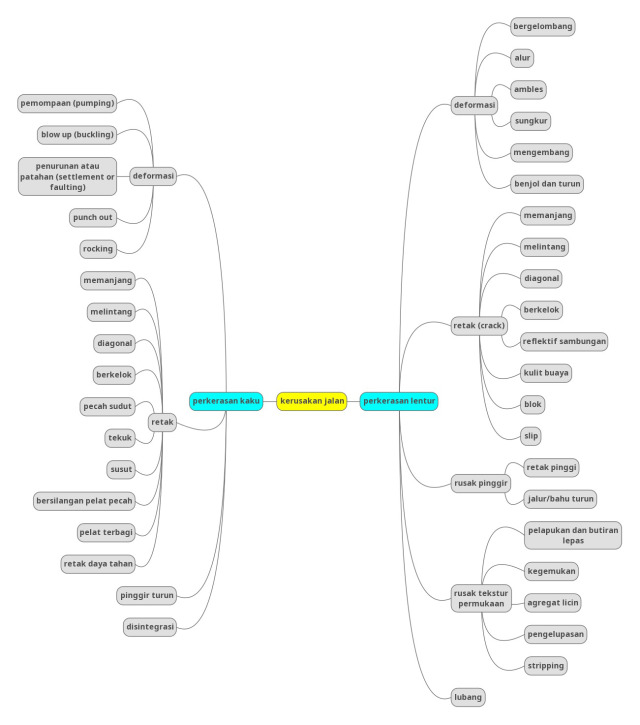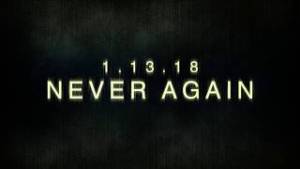Download links for: The Pain Scale


Reviews (see all)
Write review
I enjoyed this book. It was a fast read and I liked the main characters.
Ok. Took a long time to peak my interest.
Fairly typical.
Other books by Mystery & Thriller
Other books by Long Beach Homicide
Other books by Tyler Dilts
Related articles












